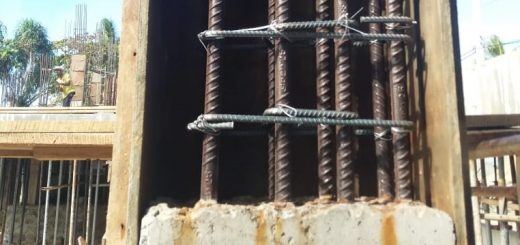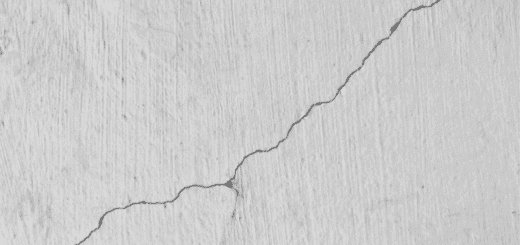How to Control Beam and Slab Deflection
Beam and slab deflection needs to control as serviceability requirements. If not, slabs and beams will crack due to the excessive deflections.
Further, an increase in the deflections in the beams and slabs could lead to damaging the nonstructural members such as partition walls, claddings connected to the structure, ceilings, etc.
Therefore, during the design, it is required to control the deflection of slabs.
There are several methods that can be adopted to reduce the slab and beam deflection.
- Increase the depth of the beams and slabs
- Use alternative loading
- Increase the tension reinforcements
- Increase the compression reinforcements
- Increase the width of the beam
- Reduce the spans
- Use prestressing
Let’s discuss each method one by one.
Increase the Depth of the Beams and Slabs
Stiffness of the structural element is the key factor that affecting the deflection of the element as we can not control the applied loads on the element which we should consider in the design.
There is no possibility to reduce the loads on the structure other than considering using modifying the weight of the nonstructural elements.
The stiffness of the structural element can be increase by increasing the depth of the element.
Stiffness of beam Elements propionate to EI/ L
Here “I” is the second-moment of the area of the beam.
I = bh3/12
Where “h” is the section height.
Therefore, with the increase of the section height, stiffness increases, and as a result, deflection reduces.
A similar type concept is applied for the slabs too.
Use Alternative Loading
Applied on the structural elements affects the deflection of the slab or beam.
Reduction in the live load can not be done for any reason. It is a must to design the structure for the loads that applied when it is used.
However, we can reduce the self-weight of the structure.
Alternative materials reduce the weight of the structure. For example, the use of lightweight material instead of heavyweight materials will reduce the structure’s weight.
We can replace the internal partition walls that are planning to construct form brick or block walls, with dry partition walls.
In addition, if we need a solid partition wall, we can use hollow blocks. It will reduce the weight of the structure significantly.
The reduction of the width of the solid walls also has a considerable impact on the slab deflection.
Likewise, we could make an adjustment in the self-weight of the structure.
Increase Tension Reinforcement
Based on the applied loads, we calculated the bending and shear forces of the structural member.
Accordingly, we find the reinforcement requirement. Then we check the element for deflection.
If we increase the reinforcement that that required for bending and shear, beam stiffness increases.
As discussed above, an increase in stiffness reduces the deflection of the slab and beams.
Increase Compression Reinforcement
When we provide the compression reinforcements where it is not required to provide compression reinforcements, it increases the stiffness of the beam.
Further, even when we provide the compression reinforcements as minimum steel, it also increases the stiffness of the beam or slab.
Increase Width of Beam
There are restrictions in increasing the depth of the beam to control the deflection.
If we can not increase the depth, the deflection will be higher. In such situations, we need to provide more reinforcement to control the deflection as well as the design moment and shear forces.
To have more reinforcement, we should have adequate space. It could be achieved by widening the beam. So that more reinforcement can be placed.
Reduce the Span
It is quite an interesting thing to discuss.
Do we really need to reduce the span to control the deflection?
This has to decide based on the floor layout and based on the other aspects.
Reduction in the span will reduce the beam reinforcements and deflections.
Reduction in the span is not that applicable for most of the cases.
Use Prestressing
An increase in the beam or slab span results in increasing the element heights. Beyond a certain level, it is not economical to increase the thickness of the slab.
The span of the slab beyond 6-7m, could not be than economical if we construct it as a normal reinforced concrete slab.
Therefore, options like post-tensioning methods are adopted in the slab design.
When we have prestressing methods, deflection reduces significantly.



